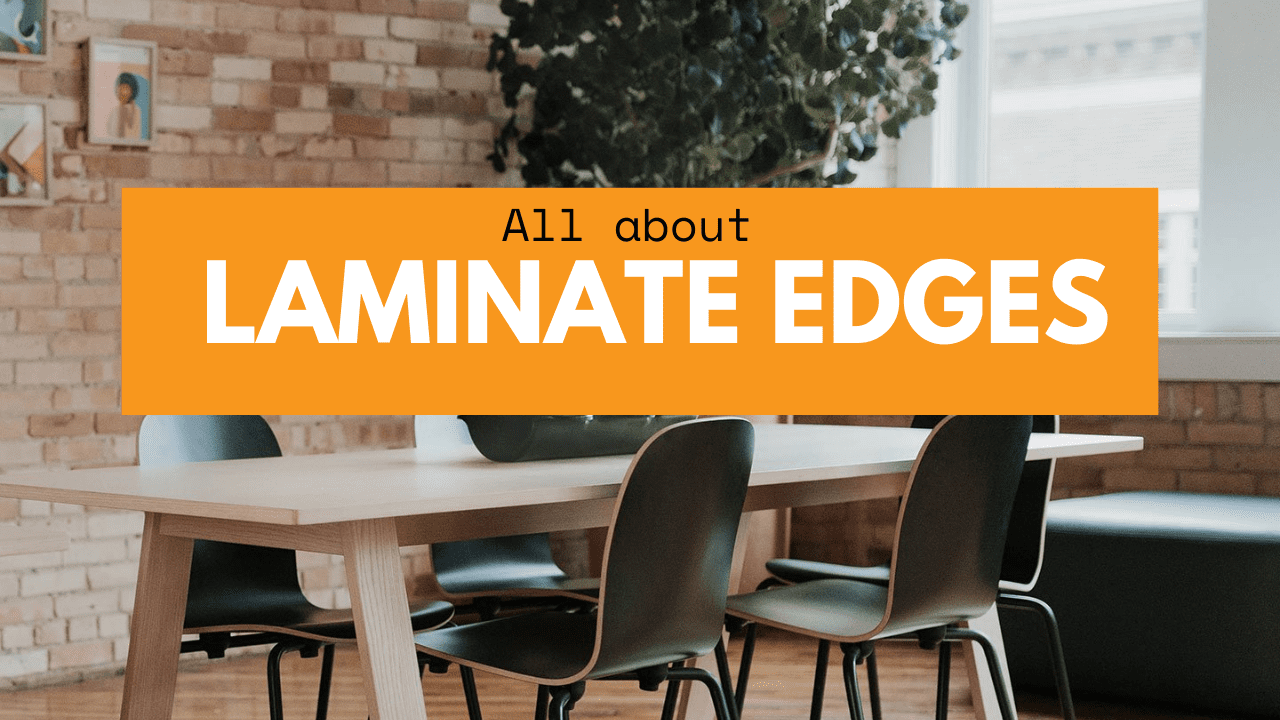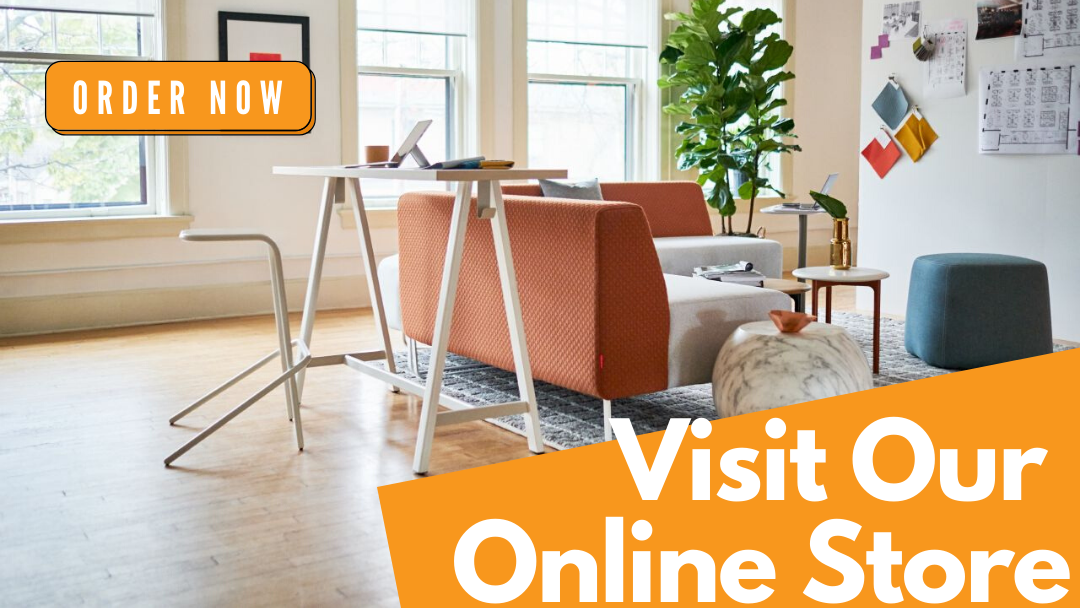
You’re investing in a great piece of furniture, and you want to make sure it’s perfect. A detail that is often overlooked is the edge.
This article is about the different kinds of furniture edges! When completing a new laminate install, you will be given various choices about the edges, which can upgrade your final look. Multiple options can be overwhelming at first, but you can ensure you have the perfect border for your space by working with a professional and knowing your options.
This article will find information about the different types of laminate edges, the materials they are often made from, and some additional safety features. If this sounds like something you would like to learn, we highly encourage you to keep reading!
Every kind of smooth surface will have an edge of some type! Whether your countertop is made from wood, granite or concrete, there will still be some form of edge.
What is a laminate edge?
Laminated edging is when a piece of material is added to the outside of the surface around the sides, creating a smooth and polished look. This can be added to tables, desks, storage and anywhere else with a flat finish.
Laminated edges can make your furniture look custom to your space without needing to completely cover the entire surface area in a new laminate or build a separate edge. You will select your edge the same time you select your finish.
What are the Types of Laminate Edges?
When purchasing laminate furniture, your edge options may be limited when compared to other materials.
When you buy laminate finish furniture, you typically will have two different edges to choose from. This is an edge band finish or a knife end finish, and each type has different applications.
What is an Edge Band?
When you install edge banding on your laminate, this is when PVC is glued to the edge of the product to give a smooth and complete finish. PVC is a plastic that can be modified to resemble your laminate finish, which offers a seamless look to the edges of your furniture.
This will commonly be found on most desks and flat surfaces. An edge band gives a flat edge to the sides of your furnishings. This includes storage, desks and wherever you have a laminate finish.
What is a Knife Edge?
You will find a knife-edge finish in most executive offices, boardrooms or large other meeting tables. This edge gradually noses inwards, giving a smooth and sophisticated look. The name comes from the sleek, gradual curve, which is similar to the blade of a knife. The edge is often made from the same material as the other laminate and provides a sleek and functional style.
When applied to executive desks and boardroom tables, this allows for a smooth table with no sharp edges underneath that your knees can hit.
What are Types of Edges for Other Materials?
While this article focuses primarily on laminate edges, if you are installing granite, quartz, glass or even wood, there are a variety of different edges you will have the option of using.
Different materials suit different edges better, so if you’re interested in exploring any of these options below, we recommend reaching out to a workspace designer who will help you find the best options for your space!
This photo from home depot shows some common styles of edges that can be used on various materials:

Bevelled Edge:
A bevelled edge uses a sharp 45-degree angle cut that gives a border to the countertop frame, bar or surface. You have control over the variation of bevel, which can be a delicate ¼ bevel or even a sharper ½ bevel.
Ogee Edge:
Looking for a dramatic finish? The Ogee edge might be for you! This S shape finish gives a curve to the edge of your surface and provides an elegant look. If you want to exaggerate the S shape, there are also options to add in a second S shape, making the edge a bit larger.
Bullnose Edge:
Bullnose edges are a popular finish for granite and laminate since they can make the laminate seem more solid. The edge is curved on the top and bottom and gives a smooth and flattering finish.
A Crescent Edge:
A crescent edge is similar to the bullnose edge but with a less dramatic curve. It’s ideal for laminate finishes.
Don’t see an edge you like? Depending on the material, you may be able to completely customize the edge of your new furniture. Waves, swirls, sharp edges or triangular edges can be found across offices today. With the proper budget and material, any edge can be possible.
How do you decide the material and colour?
The material of the edge will be determined by what materials the furniture is manufactured from. When using laminate finishes, you will also have a few options for the edge.
If you are looking to add some safety to your edges, there are options for that as one. One popular material used is a soft plastic that resembles rubber. This can be added to the edges to create a cohesive look with an added layer of safety. This kind of edge is ideal for schools, children’s hospitals and daycares.
If you want to give the illusion of your furniture being plywood, there is an option to have a plywood edge banding. This is when an edge is glued on that resembles layers of plywood. Other laminate wood styles are available; most wood-style laminate finishes can be replicated in an edge band.
The colours of an edge can resemble the rest of the furniture. If you want to add a pop of colour, consider doing the edging in a different colour. Depending on the piece of furniture or the edge style, there could be countless amounts of colours and finishes to choose from.
When selecting your finish, it’s essential to choose the edges for your new piece of furniture. If these choices all seem overwhelming, we recommend reaching out to a specialist! A workspace planner can ensure that you are installing the best edge for your space. You can reach out to one of our team members today to discuss your options!
Emily Adams
Digital Media Specialist
Office Interiors
Subscribe to Our Blog
Contact Us
If you’re ready to start improving productivity, streamlining processes, and love the way you work through optimized workspaces and office technology, contact us today. Our team of experts is here to help!
Topics:


